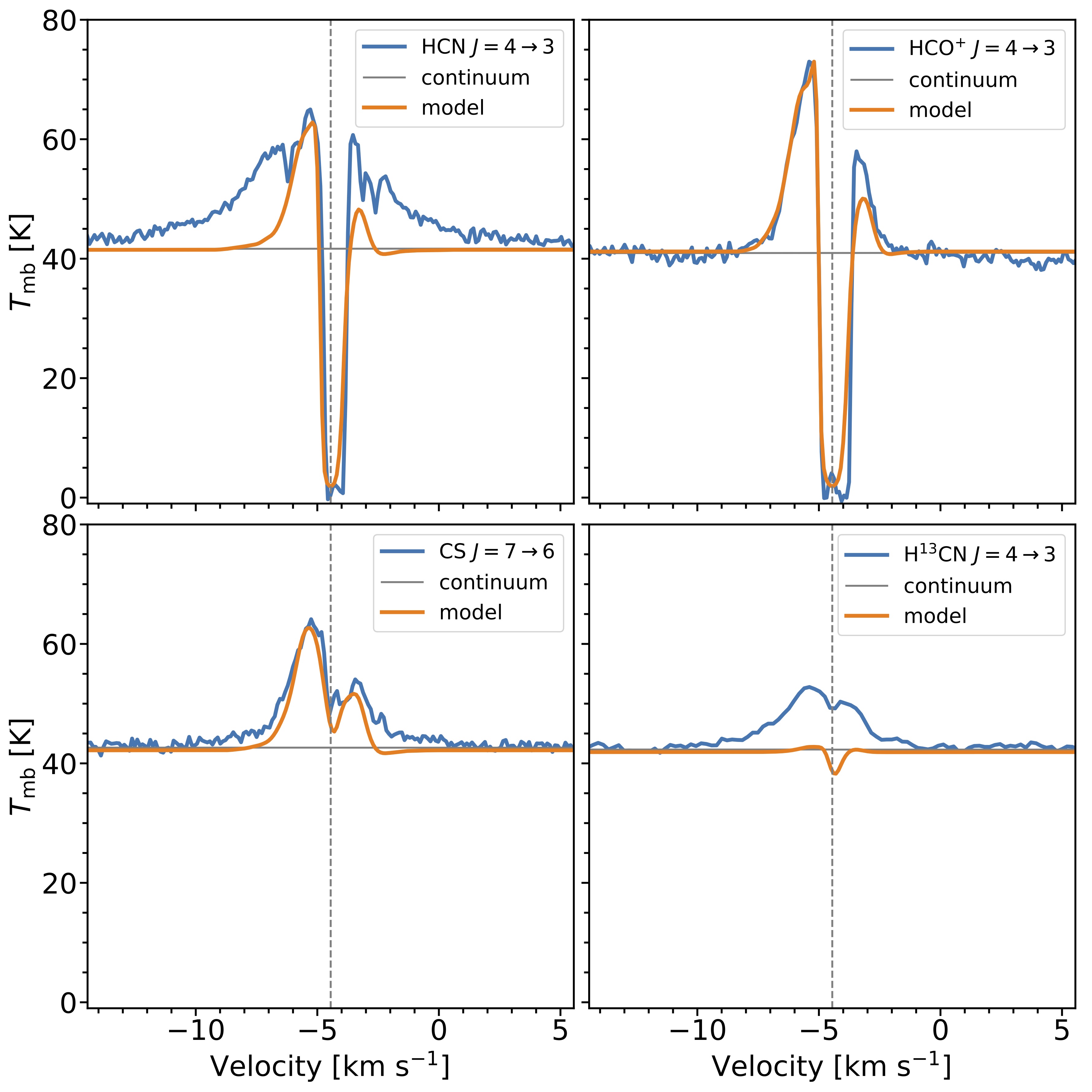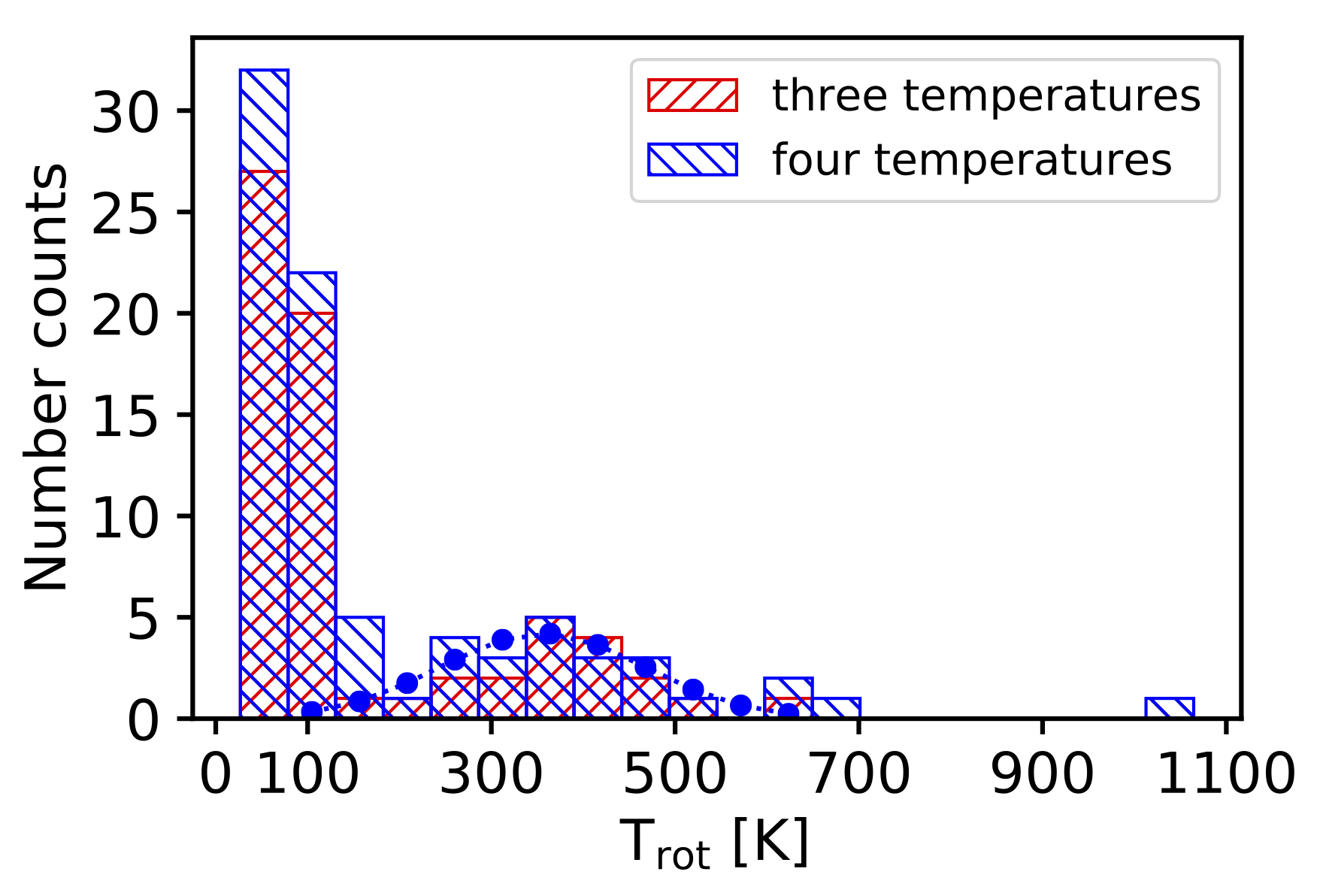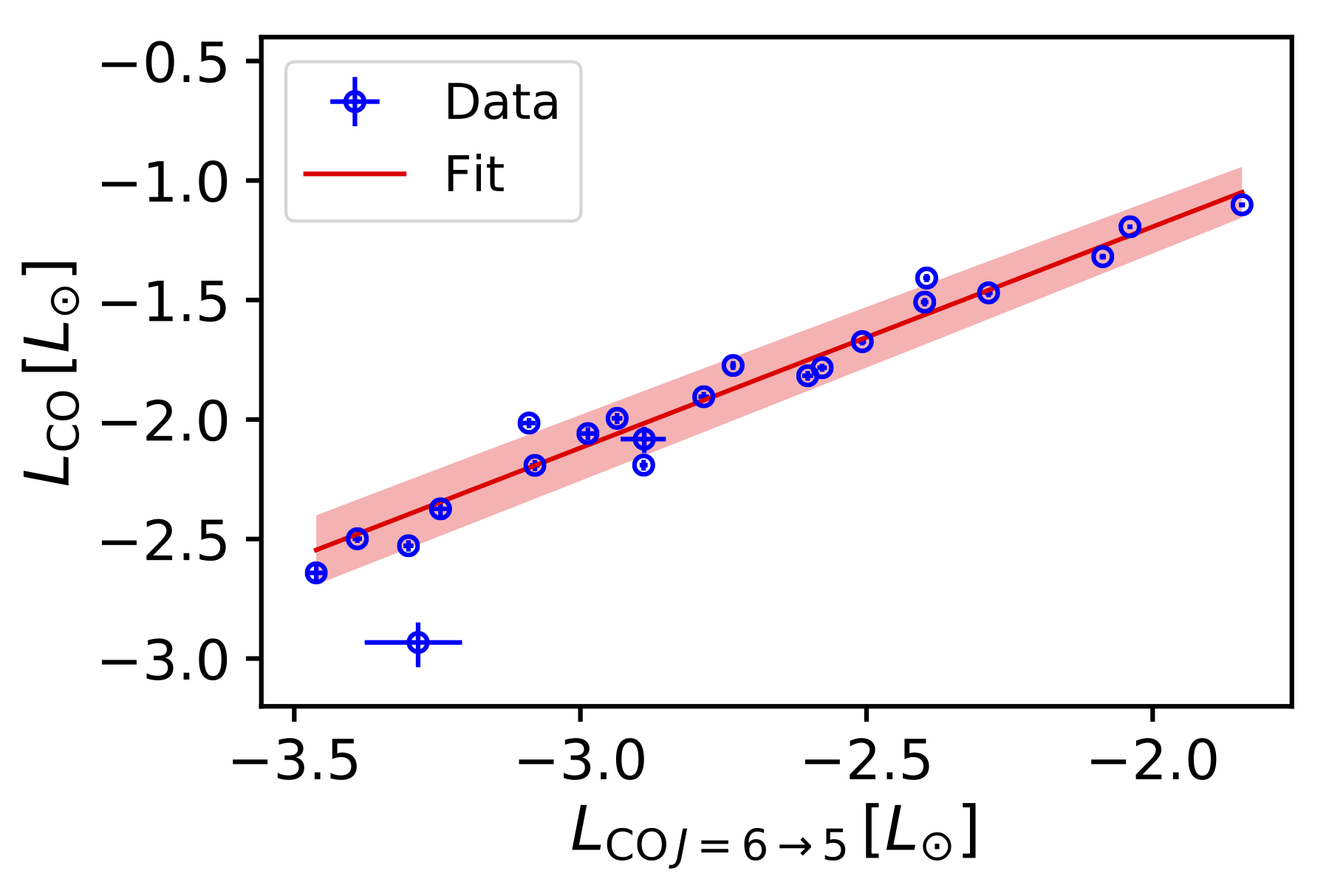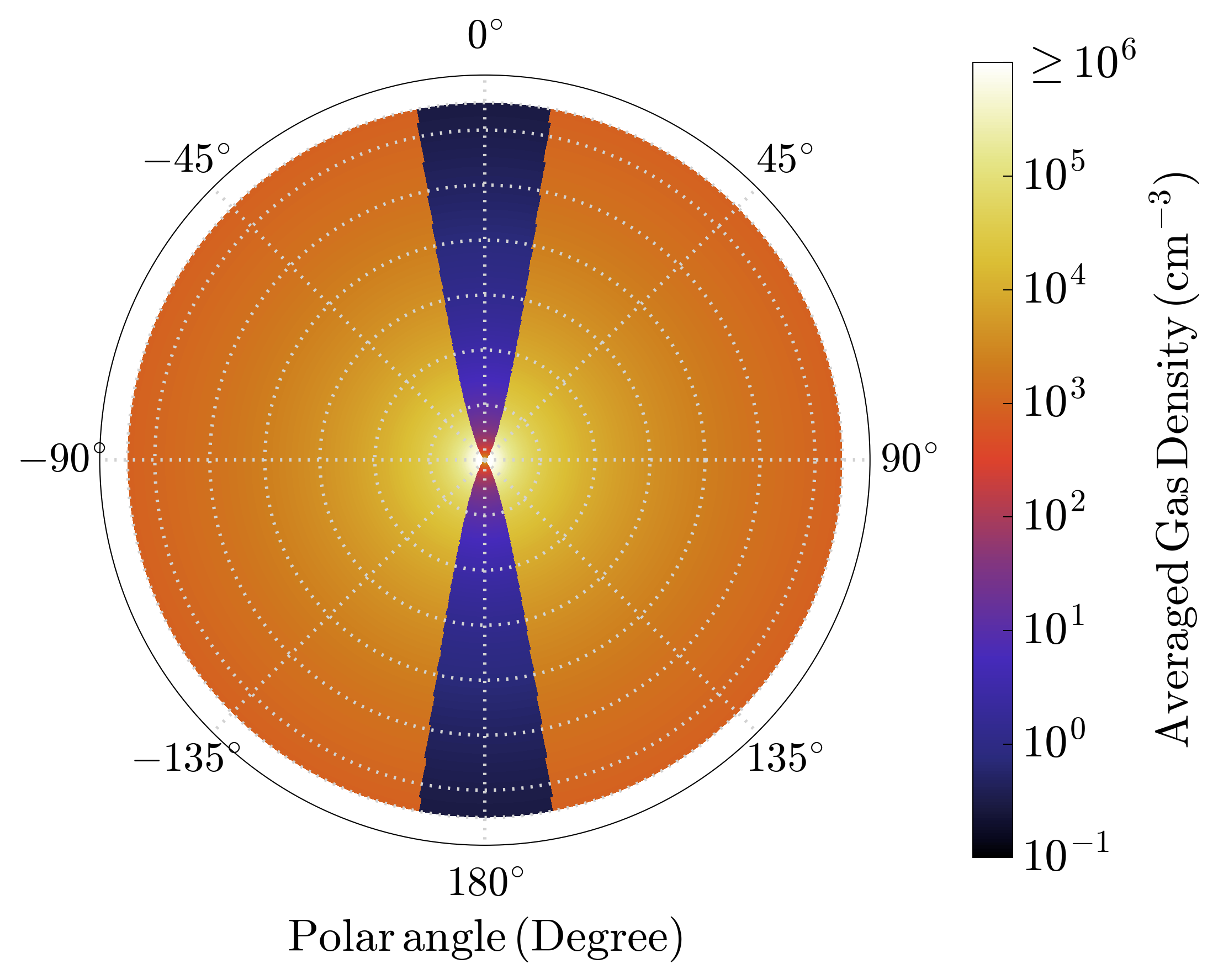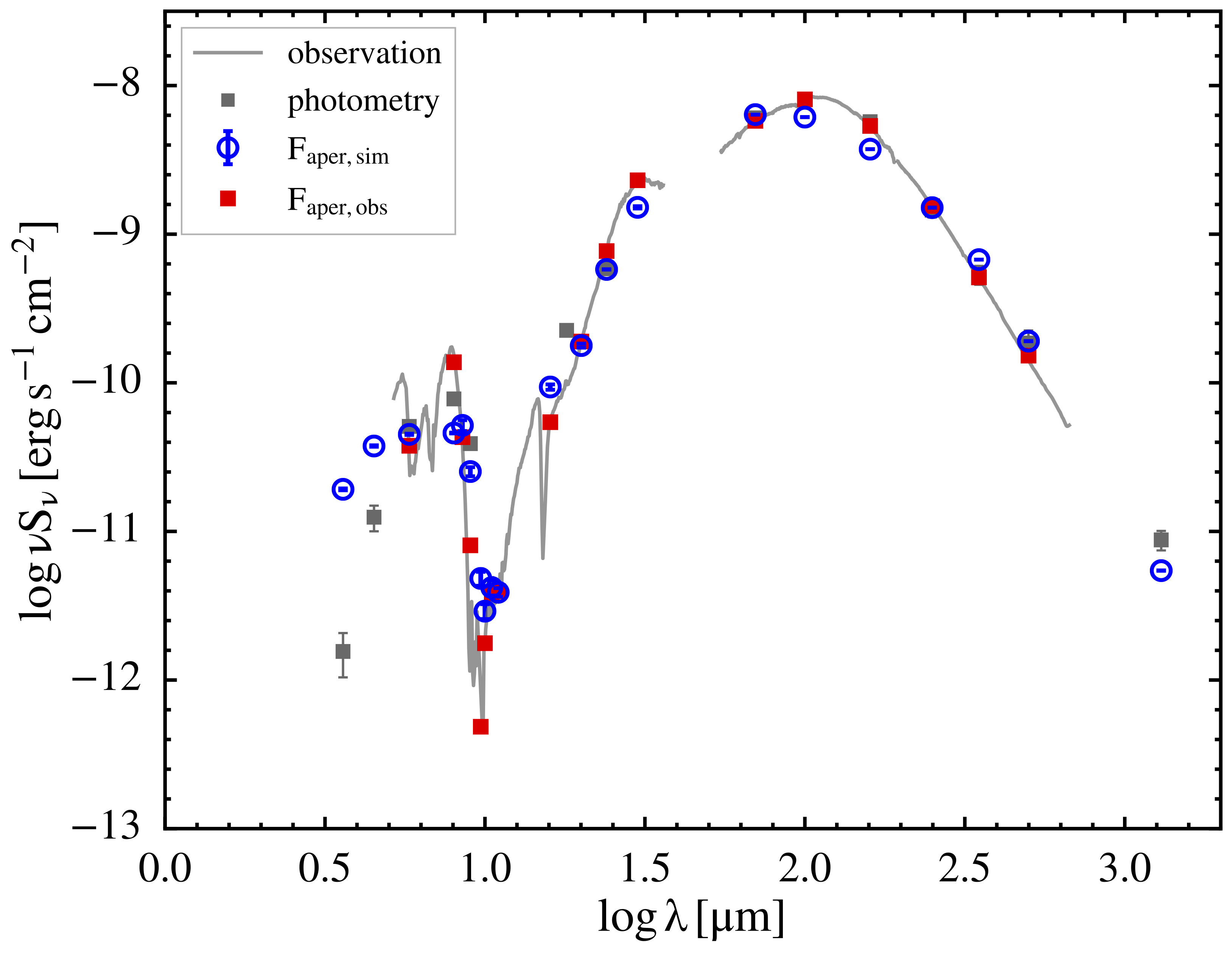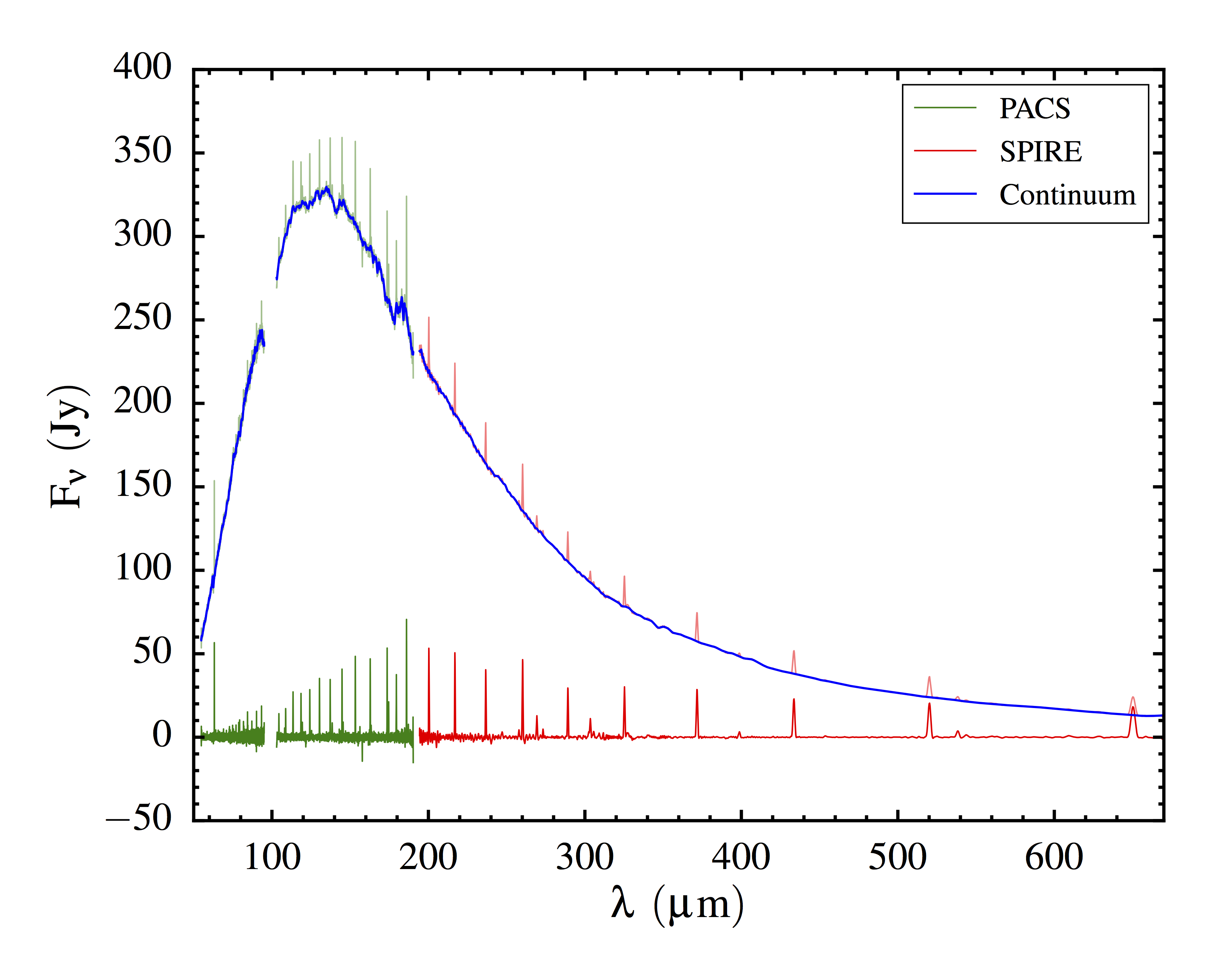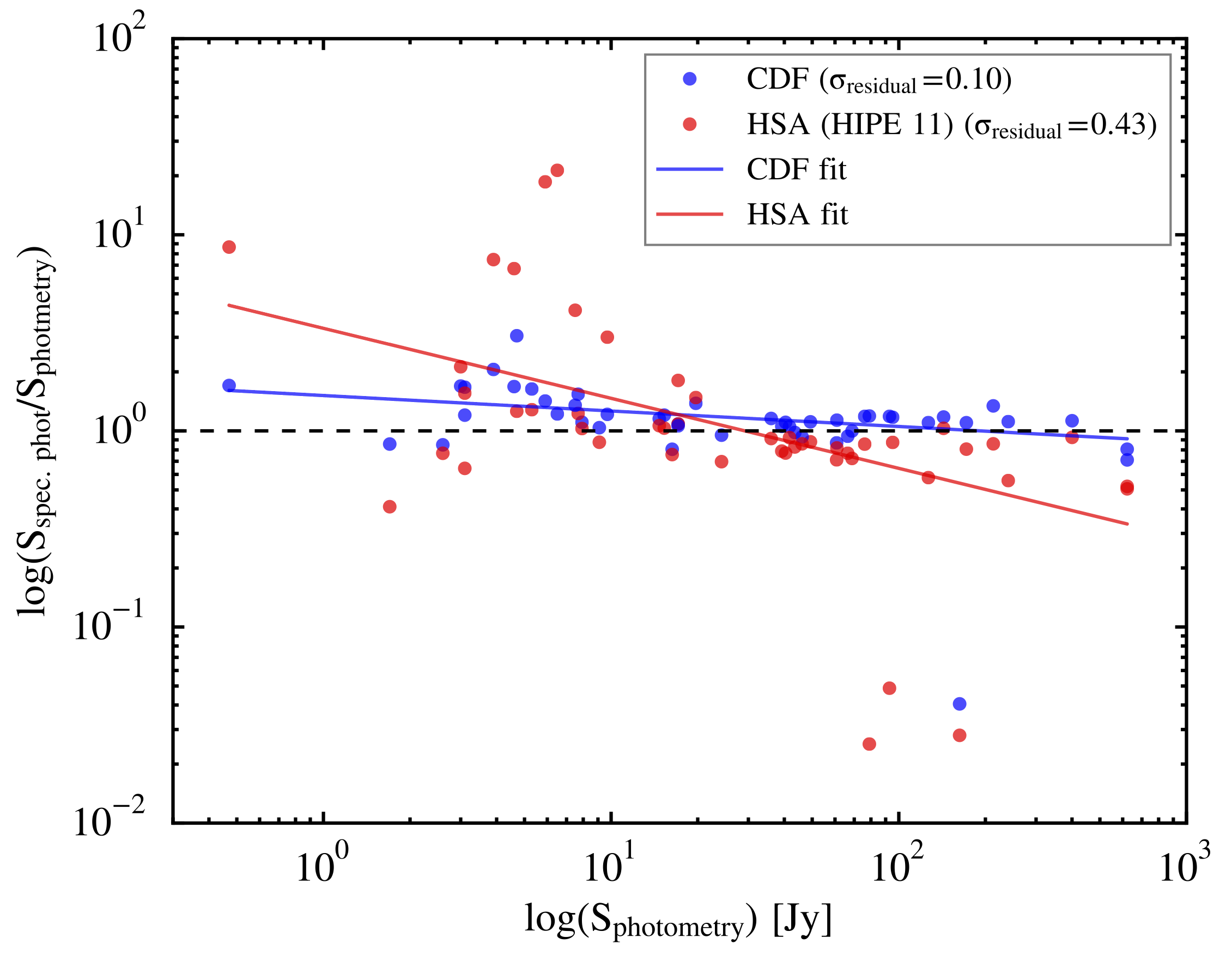2021
Nov. 29: Seminar Talk at Space Telescope Science Institute, Baltimore, MD
Nov. 11-16: Seminar Talk at University of Texas at Austin, Austin, TX
2020
Feb 17-21: ISSI Team
meeting
2019
Dec 19: Talk at APEC
Seminar at IPMU, Chiba, Japan
Dec 18: East Asian
ALMA User Meeting
Dec 11: Talk at the East Asian ALMA Development Workshop
Dec 8-10: Talk at Early
Planet Formation in Embedded Disks
Dec 2-6: Invited talk at the star
formation group at Kyung Hee University
Nov 20-21: Seminar talk at Osaka University
Nov 18-19: Seminar talk at Osaka Prefecture University
Sep 17-20: ngVLA Workshop at NAOJ, Japan
Jul 16-17: Invited colloquium and visit at NTHU, Hsinchu,
Taiwan
Jul 8: Lunch Talk at ASIAA, Taipei, Taiwan
Jun 17-20: Invited Talk at From
Star to Planet Formation II, Gothenburg, Sweden
Feb 20-22: SPF Seminar @MPIA,
Heidelberg, Germany
Feb 12-14: Seminar at Leiden University, Leiden, Netherlands
Feb 4-8: Invited CAS Seminar talk and visit CAS, MPE, Germany
2018
Dec.
Oct 29: Seminar talk at U of Arizona, Tucson, AZ
Oct 22: Stars and Planets Seminar talk at CfA, Cambridge, MA
Oct 16: TUNA talk at NRAO/UVa, Charlottesville, VA
Sep 17-21: Subaru Telescope and EAO/JCMT (talk at EAO seminar on Sep 20), Hilo, HI
Sep 13-15: the 6th annual GMT Science
Meeting: Stars, Birth and Death, Honolulu, HI
Aug 30-31: Magnetic fields along the star-formation sequence, Vienna, Austria
Aug 20-23: Origins: From the Protosun to the First Steps of Life, Vienna,
Austria
Jul 10-13: Astrochemistry: Past, Present, and Future, Caltech, CA
Jan 16-19: Star and Planet Formation seminar @STScI, Baltimore, MD
Jan 18: University of Maryland at College Park, MD
Jan 8-12: 231st AAS Meeting,
National Harbor, DC
2017
Jul 3-7: 2017 Asia-Pacific Regional IAU
Meeting, Taipei, Taiwan
Jun 19-23: 72nd International Symposium on Molecular Spectroscopy, UIUC, Urbana-Champaign, IL
Jun. 4-8: 230th AAS Meeting,
Austin TX
2016
Dec 18-25: IRTF/TEXES Observation (three nights), Hilo, HI
Sep 29-Oct 4: Harlan J. Smith Telescope Observation, Fort Davis, TX
Sep 14: SPF Seminar @MPIA, Heidelberg,
Germany
Sep 13: SPF Seminar @ESO-Garching, Garching, Germany
Aug 30: Seminar @Leiden University, Leiden, Netherlands
Aug 21-27: Star Formation 2016, Exeter,
UK
Aug 12-15: University of Maryland at College Park, MD
May 16-Aug 18: STScI, Baltimore, MD
Feb 7-12: SOFIA/FORCAST Observation (one flight), Palmdale, CA
2015
Nov 13: Astrocoffee Talk @IfA, Honolulu, HI
Nov 8-12: IRTF/TEXES Observation (two nights), Hilo, HI
Nov 6: Subaru Seminar @Subaru, Hilo, HI
Oct 18-20: Frank N. Bash
Symposium 2015, Austin, TX
Aug 14: 3rd ICSM
Workshop, Taipei, Taiwan
Aug 10: Lunch Talk @ASIAA, Taipei,
Taiwan
Jul 5-15: NAIC/NRAO Single-Dish & NAASC Interferometry Schools, Green Bank,
WV
Jul 1: TUNA Seminar @NRAO, Charlottesville, VA
2014
Oct 23-27: IRTF/TEXES Observation (two nights), Hilo, HI
Aug 27-30: Workshop on Dense
Cores (Selected Talk), Monterey, CA
2013
Oct 6-8: Frank N. Bash
Symposium 2013, Austin, TX

